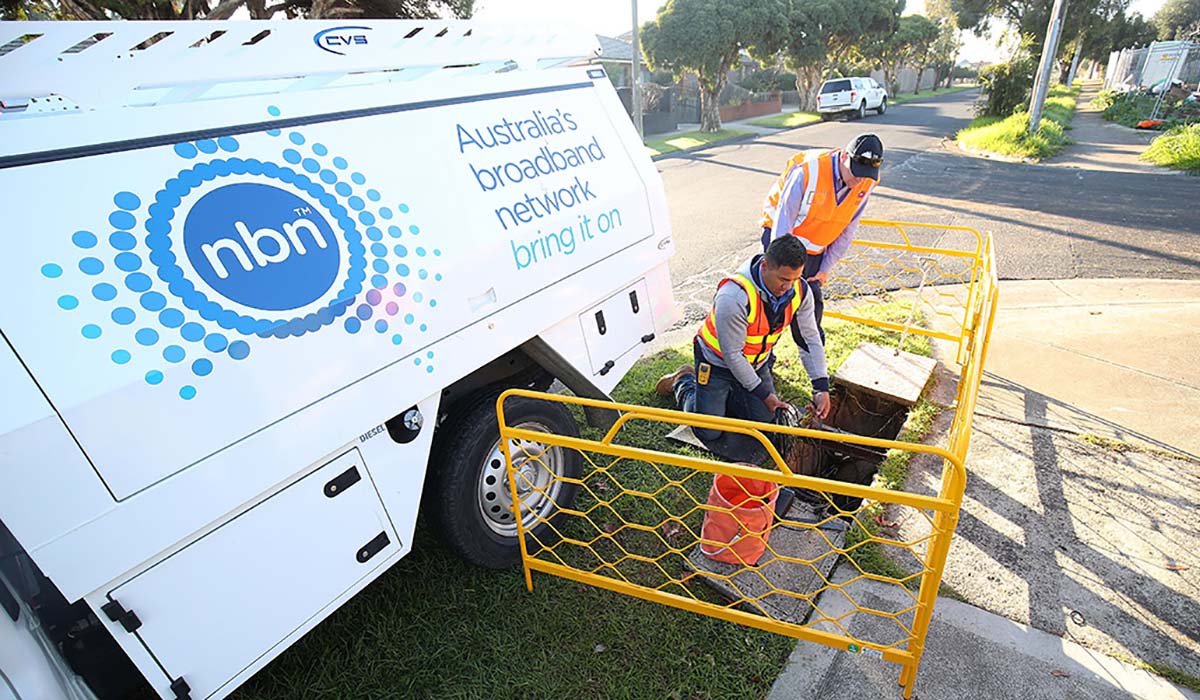The original promise of the NBN – before the subsequent Liberal government screwed it – was near universal Fibre to the Premises which would – with upgrades – have enabled gigabit connections to most Australian homes in the very near future.
However, with the much less impressive NBN we have today, those dreams of gigabit speeds might feel a little further away. However, to its credit, NBN Co is still working on improving the quality and speed of its network, and this week, it’s cracked a new speed record in Victoria.
In a trial at an actual customer’s premises, NBN Co conducted a test over HFC (Hybrid Fibre Coax) achieving speeds just shy of 1Gbps. The connection in question – in Templestowe, Victoria – reached 994Mbps download speed in a real world test. The same HFC was being used at the time to deliver Foxtel and the customer’s actual Telstra connection, as well as the 1Gbps test traffic.
NBN Co’s chief technology officer Ray Owen had this to say of the test:
“This is an important day for the NBN. It shows how specific technology — HFC — is evolving to meet customer demand for greater capacity from their broadband connection over time.
As we work to complete our network rollout, we’re constantly looking at what’s over the horizon for all of our technology assets, and how we can evolve our network as demand grows.”
Unfortunately, for many Australians, the NBN remains more of a broken promise than a solution; NBN Co revised its own figures down this year – it had planned to have up to 11 million premises ready to connect, but it’s currently down at 9.9 million.
In the last few months, NBN Co has been refocusing its efforts on connecting areas caught up in its HFC pause, bringing those areas forward more quickly and onto the network.
In other NBN news, the company behind the network is contemplating a new speed tier offering – 100/20Mbps – to sit just below the premium 100/40Mbps plan as a slightly more affordable way for households to get fast download speeds, with lesser upload speeds. NBN Co believes that most consumers don’t need 40Mbps upload speeds, and wants to offer pricing incentives to make the faster download plans more appealing.




